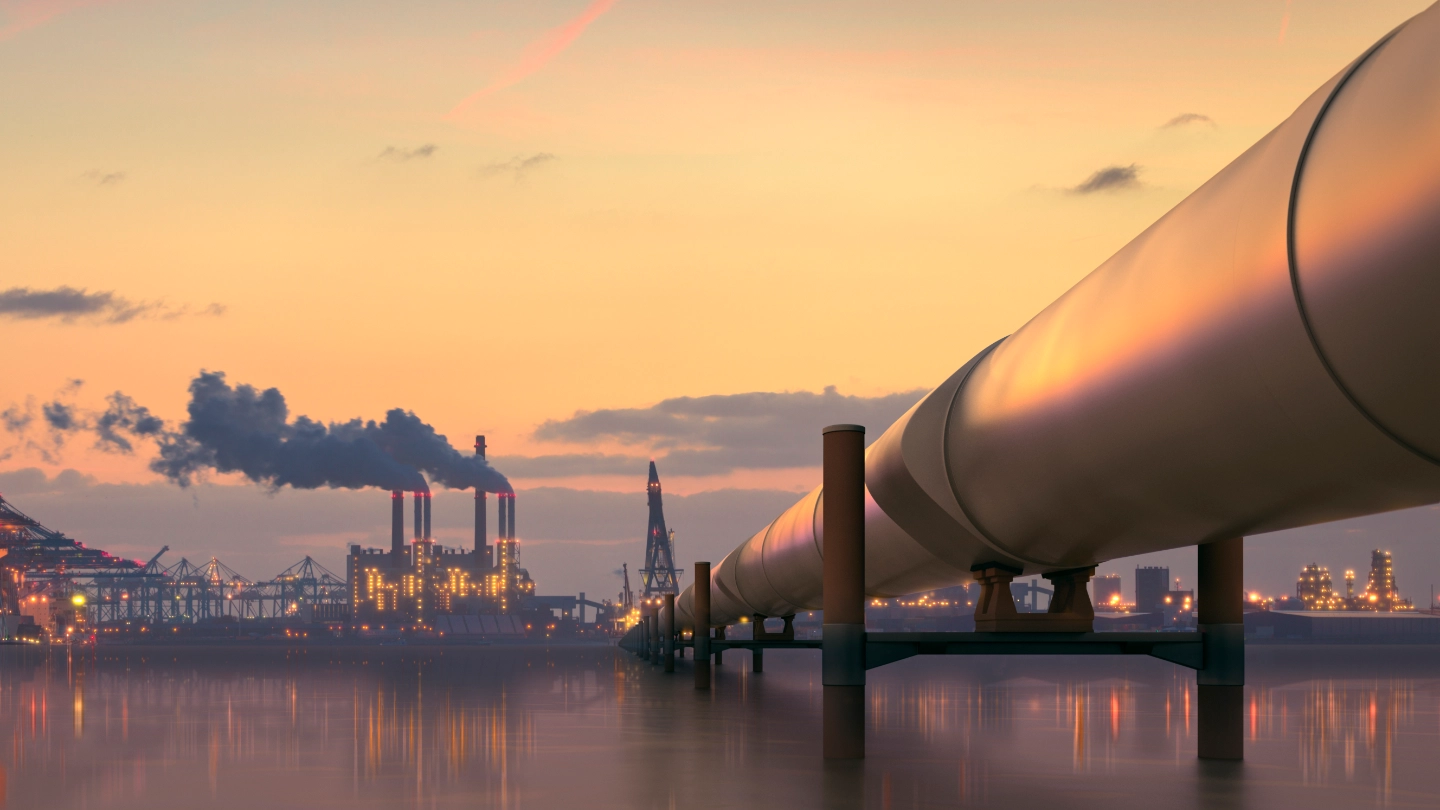Global chemicals performance: Rebound in Europe and the US supports higher growth rates in 2024 and 2025
- Chemicals production is forecast to increase more than 3% in 2024 and 2025, supported by lower energy prices and recovering demand from key buyer sectors and consumers in Europe and the US.
- In the coming years Asia Pacific will continue to be the main driver of global chemicals growth, followed by the US chemicals sector, which benefits from shale gas supply.
USA: Good short- and mid-term growth prospects for chemicals
- US chemical production contracted by 0.6% last year, as high inflation and tight monetary policies negatively affected demand from key buyer sectors. However, we expect chemical output to rebound in 2024 and 2025, growing by more than 3% annually.
- Government policies are supporting growth in the industry, boosting demand for chemicals used to make insulation materials, solar panels and other related products.
- US natural resources will also help drive growth and attract investment. Shale gas has led to more stable gas prices and has reduced the cost of producing chemicals.
China: Good growth rates, but overcapacity is an issue for the industry
- After a whopping 10.6% increase in 2023, China´s chemical production growth is expected to slow down to (still robust) 4.7% in 2024 and 3.1% in 2025.
- In international comparisons Chinese chemical production remains competitively priced, supporting exports. However, oversupply is an issue, impacting margins for many Chinese chemical producers.
India: Robust domestic demand and government support drive chemicals
- Government policies support foreign direct investment and provide petroleum, chemicals and petrochemicals investment regions, which will spur growth over the coming decade.
Japan: A chemicals rebound is on the cards for 2025
- Private consumption should pick up as of H2 of 2024, supporting growth in the soaps and detergents segment. In 2025 we expect Japanese chemicals production to rebound by 1.7%.
- Japanese basic chemical producers feel competitive pressure from their cheaper producing Chinese and US peers.
Eurozone: A chemicals recovery with several troubles ahead
- While energy prices have decreased since 2023, longer-term worries remain. Gas prices are likely to remain above pre-crisis levels indefinitely as Europe replaces Russian gas with global imports of liquified natural gas.
- In addition, stricter environmental regulations mean chemicals businesses will face increasing regulatory scrutiny. Meeting these requirements while maintaining profitability and innovation could be challenging.
Germany: Ongoing sector rebound, but relocation of production is a downside risk
- Despite whopping declines in 2022 and 2023 the industry is still robust, with strong capitalisation, good access to external financing, and a well-balanced debt profile.
- We expect German chemicals production to rebound by 7.7% in 2024, supported by decreased energy prices and surging demand from key buyer sectors.
- The biggest risk for the German chemicals production economy is the possibility of manufacturers relocating to countries where energy costs are lower.
Please download the report below to read more about the latest industry developments and trends, provided by our global chemicals sector expert.
 Hong Kong SAR
Hong Kong SAR
